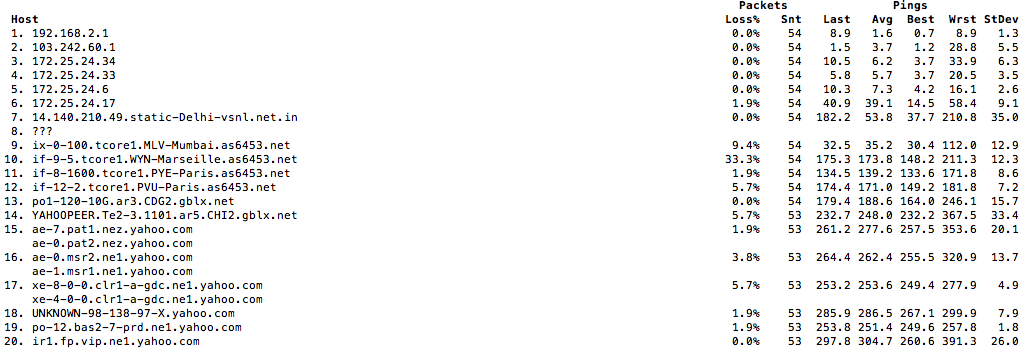Three years ago at the Heathrow airport, the handle on my roller bag snapped, and my luggage leaped to its death on a series of stairs. Trauma is a good source of writing inspiration as evidenced by the subsequent article that documents my obsessive-compulsive travel habits.
One other habit I neglected to document was that whenever I arrive in a new hotel room, I follow the same pattern. I examine the room and assess the view, the bed, storage, and the bathroom. I sigh when there is no bathtub; I do a little dance when the minibar has Pringles. After an assessment, I immediately unpack. No matter the degree of jet lag, I unpack.
Nesting describes this compulsion. As an introvert who is deeply concerned with the precise location of all my stuff, the process of unpacking gently places me in my temporary home.
Unpacked? Good. Not done, yet.
Next up, I assess the network. Once I jump through whatever login hoops the hotel has presented me, I run Speed Test to assess both ping, download, and upload speed. This quick test gives me a high-level assessment of my potential network comfort while in my temporary nest. Worldwide, wireless networking and networking has vastly improved over the last five years. Not only do I now expect download speeds of 10+ megabits per second (Mbps), it’s usually much faster.
In the infrequent case that something smells off in the network, I perform a deeper triage. My old lame move here used to fire up terminal and type “ping cnn.com.” The new hotness is MTR. Written in 1997, MTR combines the functions of traceroute and ping and “probes routers on the route path by limiting the number of hops individual packets may traverse, and listening to responses of their expiry.”
It looks like this:

What you see in the image is both the route to Yahoo and all the results of pings to all of the routers on that path. O
Most often, Speed Test tells me what I need to know about my network, but when something is off either in my temporary or permanent nest, MTR gives me a clearer picture of my network situation.
You can install MTR via brew. Once installed, here’s a handy bash alias to fire up MTR with minimal terminal fuss:
alias netwtf='sudo /usr/local/Cellar/mtr/0.86/sbin/mtr -n 8.8.8.8'


